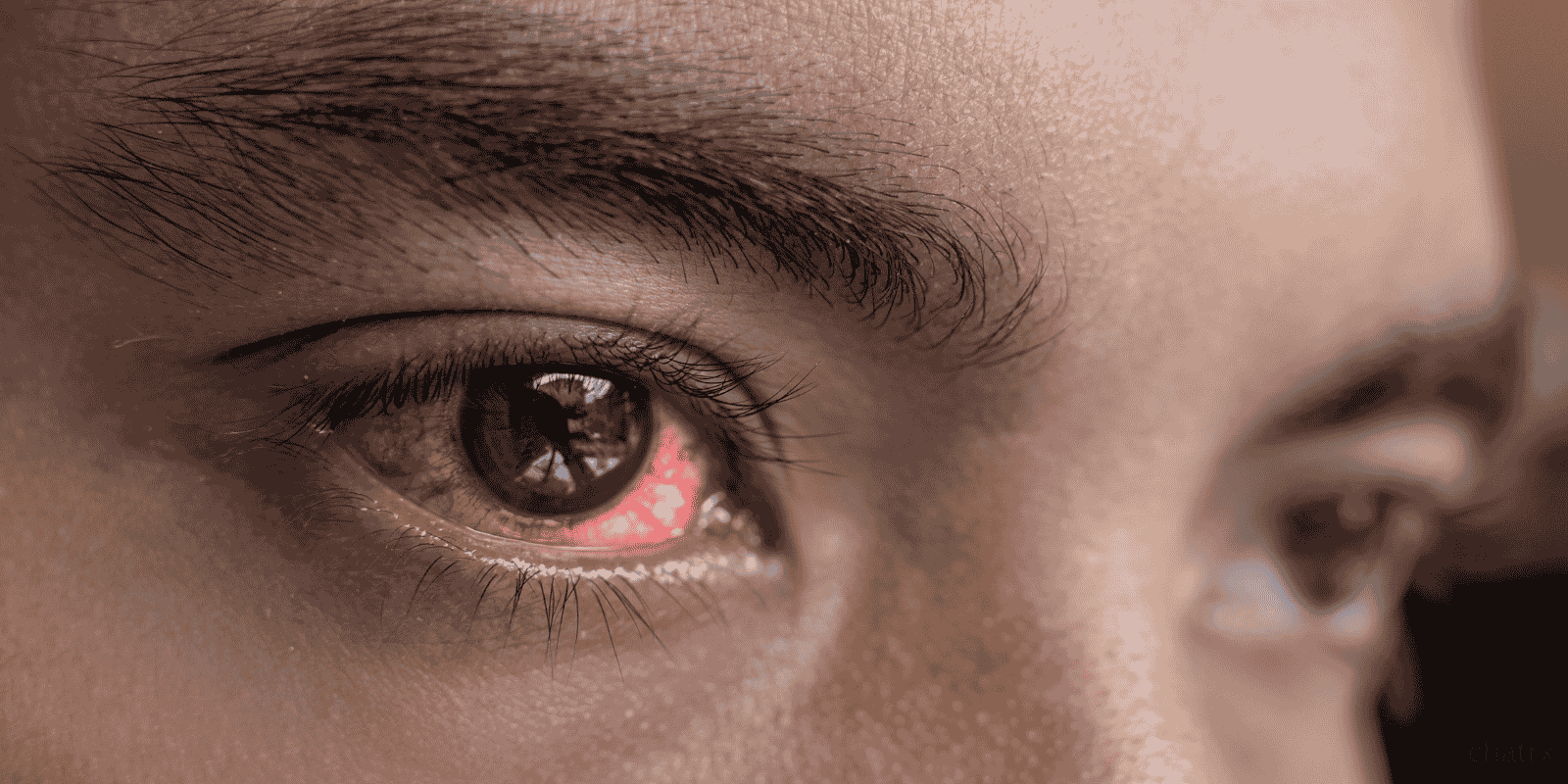Pink eye (conjunctivitis) specifically affects the conjunctiva—a thin, transparent membrane that serves as a protective covering for your eye. Understanding this anatomy helps explain why pink eye symptoms occur and how the condition spreads.
The conjunctiva has two main parts:
Bulbar conjunctiva covers the white part of your eyeball (the sclera). When this area becomes inflamed, the normally white part of your eye appears pink or red due to dilated blood vessels becoming more visible through the transparent membrane.
Palpebral conjunctiva lines the inside of your upper and lower eyelids. When inflamed, this causes the inner eyelids to appear red or pink, and may contribute to the gritty, uncomfortable feeling many people experience with pink eye.
Why the conjunctiva is vulnerable to infection: The conjunctiva is constantly exposed to the environment, making it susceptible to viruses, bacteria, allergens, and irritants. Its moist surface provides an ideal environment for microorganisms to settle and multiply.
How conjunctival inflammation creates symptoms:
- Redness: Inflamed blood vessels in the conjunctiva become dilated and more visible
- Discharge: Irritated conjunctival cells produce excess fluid, creating watery or thick discharge
- Itching/burning: Inflamed nerve endings in the conjunctiva send irritation signals
- Foreign body sensation: Swollen conjunctival tissue creates the feeling that something is in your eye
- Light sensitivity: Inflamed tissue becomes more sensitive to light stimulation
What pink eye doesn’t affect: Pink eye typically doesn’t involve the cornea (clear front part of the eye), iris (colored part), or deeper eye structures. However, some severe infections or certain types of conjunctivitis can occasionally spread to affect these areas.
Why understanding the anatomy matters: Knowing that pink eye affects only the conjunctiva helps explain why vision usually isn’t significantly impacted (unlike conditions affecting the cornea or other vision-critical structures) and why the condition, while uncomfortable, is generally not sight-threatening.
If you’re experiencing eye redness, discharge, or irritation, ChatRx can help determine if you have conjunctivitis and recommend appropriate treatment.













